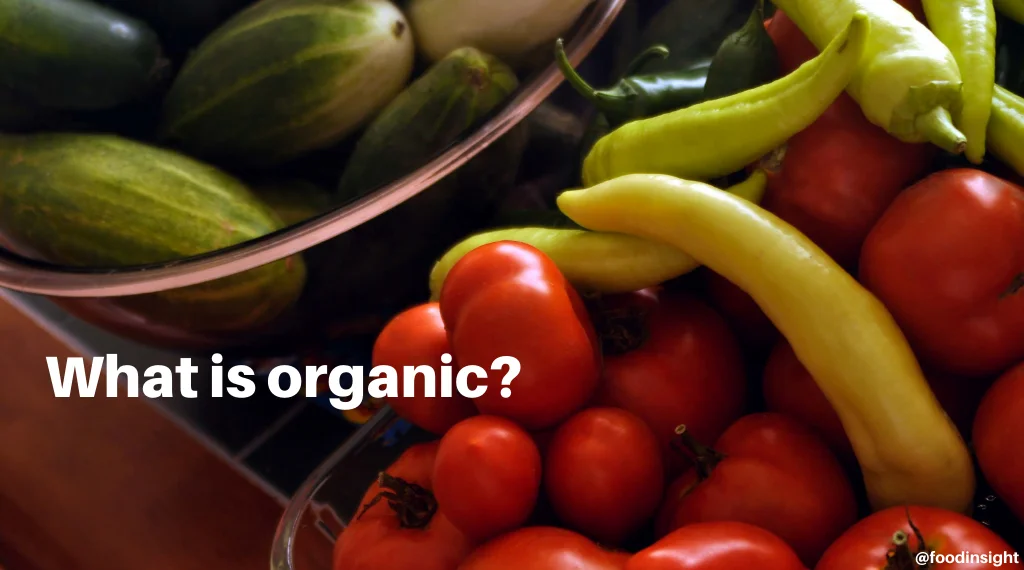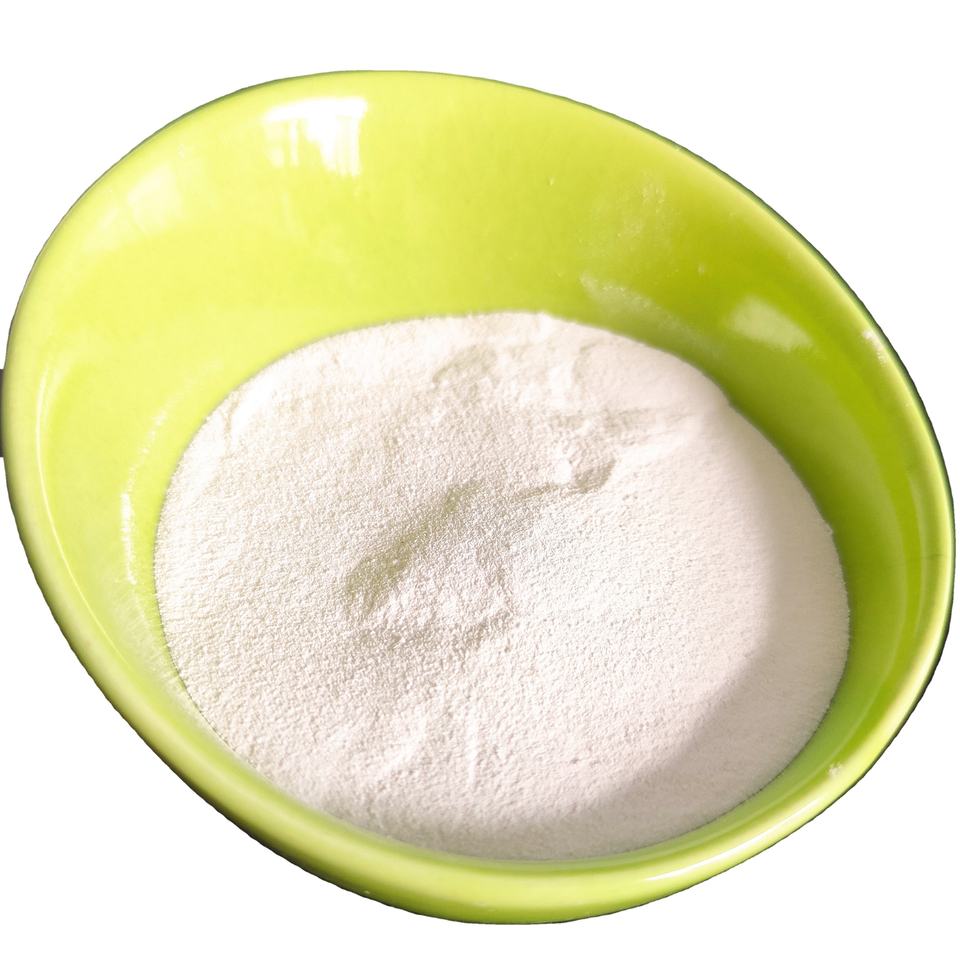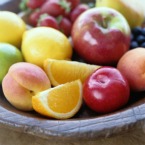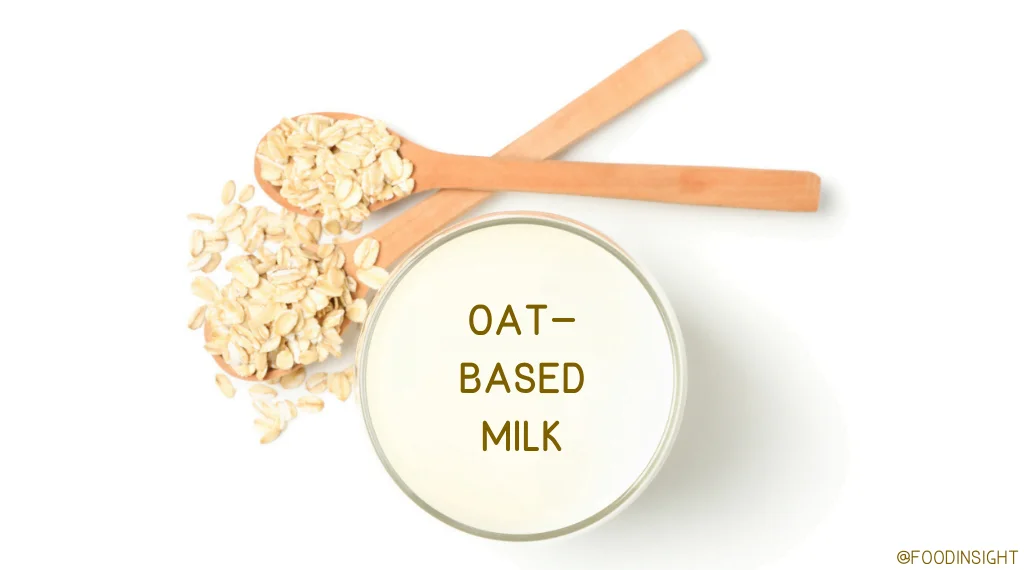
If you buy groceries from any type of market — supermarket, farmers market, online grocery store or even a kiosk, you’ve seen an organic label on some foods before. The organic term can even be found in restaurants to describe menu items and has even been seen on cosmetics and cotton clothing. However, when you buy organic food and beverages, do you know what this means, and do you understand how this product compares to the non-organic option? What if I told you that organic foods are regulated by the same federal agency, are not healthier, nor are they safer to consume than non-organic foods? All of the above are true but let’s jump into what the organic label indicates and how certification for carrying the organic label comes about.
Being Organic and Getting the Label
The U.S. Department of Agriculture (USDA) is at the helm for providing certification for the organic label, and it all comes down to how the ingredients in foods and beverages are farmed and processed. USDA notes that “organic products must be produced using agricultural production practices that foster resource cycling, promote ecological balance, maintain and improve soil and water quality, minimize the use of synthetic materials, and conserve biodiversity.”
According to the USDA, the USDA certified organic label, first offered in 2002, verifies that farms and businesses comply with the USDA regulations and allows businesses to sell and characterize their products as organic. Alongside the Food and Drug Administration (FDA), USDA also regulates the quality of organic and conventionally produced foods. Both agencies have regulations to ensure that all foods are reliably produced to ensure consumer safety and offer insights on how food is produced. Thus, the certified organic label gives people production awareness. The USDA organic regulations for farms and businesses are distinct from non-organic, however the final products for both are equal in nutrition, quality and value.
Organic farms and ranches that produce crop and animal products are required to adhere to the National List of Allowed and Prohibited Substances. This list encompasses the synthetic (man-made or not naturally sourced) substances that may be used for organic production at the farm level. Additionally, the list includes natural substances that may not be used in organic crop and livestock production. Lastly, the list includes a subset of non-organic substances that are permitted in or on processed organic products. If farms, ranches and food processors do not adhere to this list, USDA advises that the company should not utilize an organic label. The USDA notes, “If you are not certified, you must not make any organic claim on the principal display panel or use the USDA organic seal anywhere on the package….You may only, on the information panel, identify the certified organic ingredients as organic and the percentage of organic ingredients.”
Types of Organic Labels
You may also find it interesting to know that not all organic labels are the same. There are four distinct USDA labeling categories for organic products according to the agency:
- 100 % Organic: These products contain only ingredients that are certified organic, including any processing aids.
- Organic: Products in this category must consist of 95% or more of certified organic ingredients. The remaining 5% of ingredients must be organically produced, unless commercially unavailable or allowed on the National List of Allowed and Prohibited Substances.
- Made With Organic: Multi-ingredient agricultural products in the “made with organic” category contain at least 70 % certified organic ingredients. Any remaining ingredients in the product are not required to be organically produced. However, they must be produced without excluded methods such as, genetic engineering using genetically modified organisms (GMOs).
- Specific Organic Ingredients: Specific organic ingredients may be listed in the ingredients section of products containing less than 70 % organic contents. For example, “water, tomatoes, organic onions, salt.”
The Fruit and Veggie Basket
I would be remiss if we didn’t specifically touch upon the topic of organic fruits and vegetables while discussing organic labeling. These are prime examples of foods that are most often in an organic or non-organic form and are often pitted against one another in misinformed media outlets. It is important to remember that all of us should try to make purchase choices that give us a well-balanced intake of fruits and vegetables — organic or conventional. Many previously published studies have demonstrated that organic produce does not have a nutritional or safety advantage over conventional produce, and organic produce is not associated with better protection from chronic conditions like cancer or cardiovascular disease.
It really all comes down to choice — whether you prefer to eat organic or conventional produce, you are choosing an equally safe and healthy way to access fruits and vegetables. Both conventionally grown and organic produce use pesticides to protect crops from pests. As noted above, the list of pesticides that can be used for organic produce is different than for conventional, but all are made up of federally regulated compounds that are designed to kill or repel insects, weeds and other pests. This means that these substances are designed to rid foods of pests but are also intended to be a part of our food supply chain system to ultimately yield food we can safely consume after harvesting.
We hope this information helps clear up what organic means and that you recall this knowledge the next time you come across organic label language. If you are interested in learning even more, the National Organic Program (NOP) can enlighten you about the standards for organically produced agricultural goods sold in the United States.




